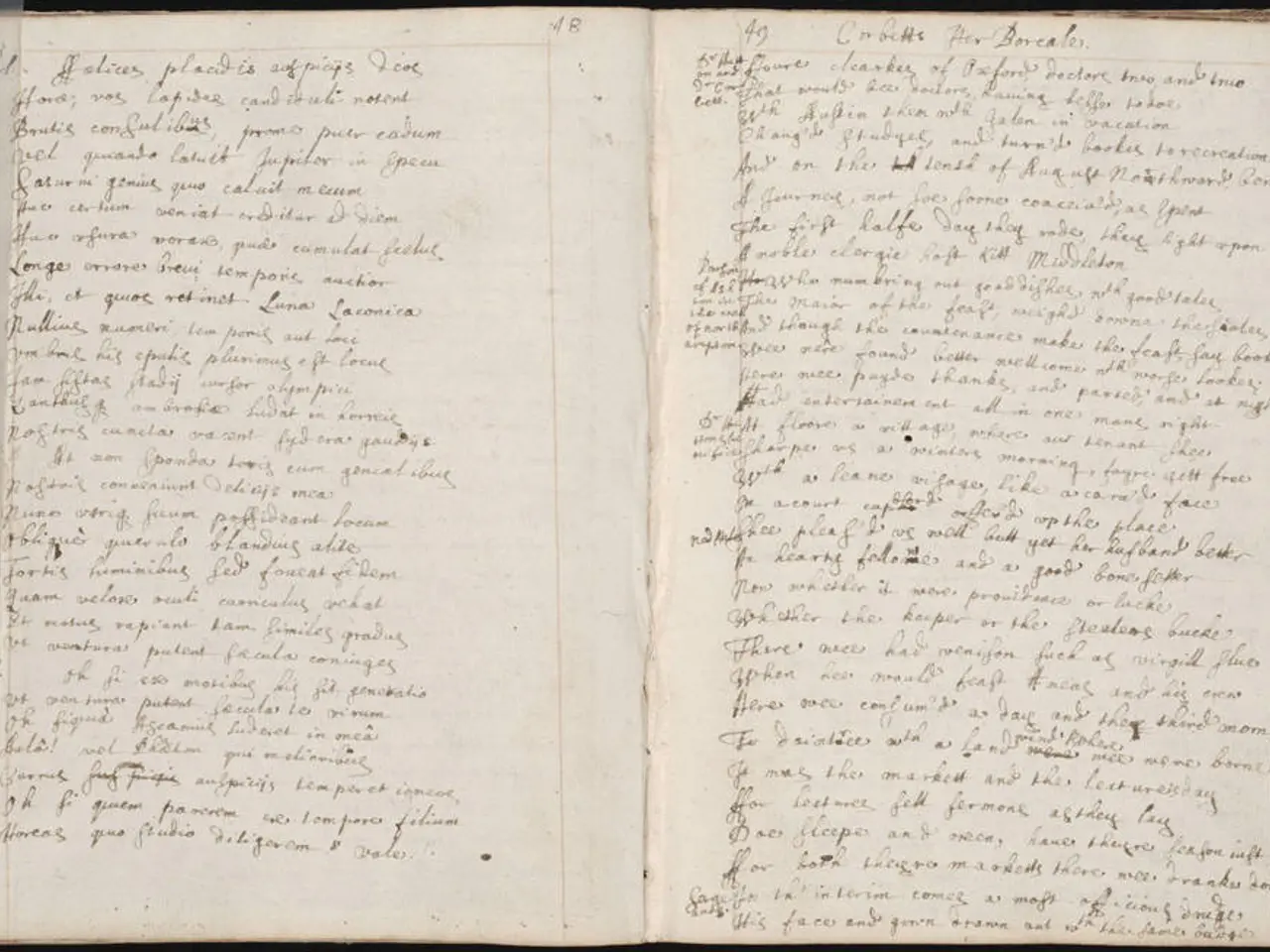Composing Research Memos with Analytical Insights
Memo writing has become an indispensable tool in qualitative research, providing a means for researchers to document insights, reflections, and analytic thoughts that arise during data collection and analysis. This article explores the various ways in which memo writing practices differ across qualitative traditions, with a focus on a current study investigating the experiences of university students navigating their sexuality.
Memos serve as a memory aid and a way to track emerging ideas and interpretations throughout the study. In grounded theory, memos are central to the analytic process, helping researchers develop emerging theory from the data. In phenomenology, memos might focus on researchers' reflections on participants' lived experiences and how these experiences are being interpreted. Critical theory memos, on the other hand, reflect on power dynamics, researcher positionality, and the ideological implications of data.
Reflexive practices encourage researchers to critically examine their own role, biases, and assumptions, and how these might influence the research process and findings. In the case study, the researcher found memo-writing particularly helpful in promoting reflexivity. For instance, the researcher recognizes the need to be mindful of personal assumptions that might limit interpretation of participants' experiences due to their privileged position.
One strategy the researcher finds helpful is creating visual thematic maps to represent the relationships between codes and potential themes. The researcher is finding the distinction between semantic and latent codes helpful, but also challenging to apply consistently.
The researcher plans to critically examine their own discomfort with discussing sexuality to avoid downplaying the significance of this theme in the analysis. They also plan to read more about the "coming out imperative" and the pressures faced by LGBTQ+ individuals to publicly disclose their sexuality.
In the current study, Andreas's account of navigating his sexuality at university evoked a mix of emotions in the researcher, including sadness, admiration, and recognition of personal biases. The theme of "managing heterosexism" involves a constant awareness of potential homophobia and the need to actively strategize behavior and self-presentation to avoid negative reactions. This theme is emerging as a significant pattern across multiple participants' narratives.
Memos are not merely side notes; they can be considered part of the data or the analytic process, depending on the methodology. In some studies, memos complement the data by providing context or interpretation; in others, they drive the analysis forward by helping establish patterns and themes inductively and deductively.
In conclusion, memo writing practices differ in form and emphasis depending on the qualitative tradition but universally serve as a tool for documenting thought processes, enhancing reflexivity, and supporting the analytic development of qualitative studies. They are flexible instruments integrated throughout the research process to ensure transparency, rigor, and depth of understanding.
- Memos serve as memory aids, helping researchers to track emerging ideas and interpretations throughout a study, particularly in grounded theory where they are crucial for developing theory from the data.
- In phenomenology, memos might focus on researchers' reflections on participants' lived experiences and their interpretations, while in critical theory they might reflect on power dynamics, researcher positionality, and the ideological implications of the data.
- Reflexive practices encourage researchers to critically examine their own role, biases, and assumptions, and how these might influence the research process and findings, with memo-writing being particularly helpful in promoting reflexivity.
- To ensure a rigorous and nuanced analysis, the researcher creates visual thematic maps to represent the relationships between codes and potential themes, and is finding the distinction between semantic and latent codes helpful, yet challenging to apply consistently.
- Recognizing personal biases is important for the researcher, as shown in their reflexive account of feeling a mix of emotions (sadness, admiration, recognition of personal biases) when analyzing participants' narratives, particularly in the context of managing heterosexism.
- Memos are not just side notes, but can be considered part of the data or the analytic process, depending on the methodology, serving to provide context, interpretation, or to drive the analysis forward by helping establish patterns and themes.
- To deepen their understanding and awareness, the researcher plans to critically examine their own discomfort with discussing sexuality and to read more about the "coming out imperative" and the pressures faced by LGBTQ+ individuals to publicly disclose their sexuality.
- Overall, memo writing practices may differ in form and emphasis depending on the qualitative tradition, but universally, they serve as tools for documenting thought processes, enhancing reflexivity, and supporting the analytic development of qualitative studies, acting as flexible instruments integrated throughout the research process to ensure transparency, rigor, and depth of understanding in education-and-self-development and learning contexts.




